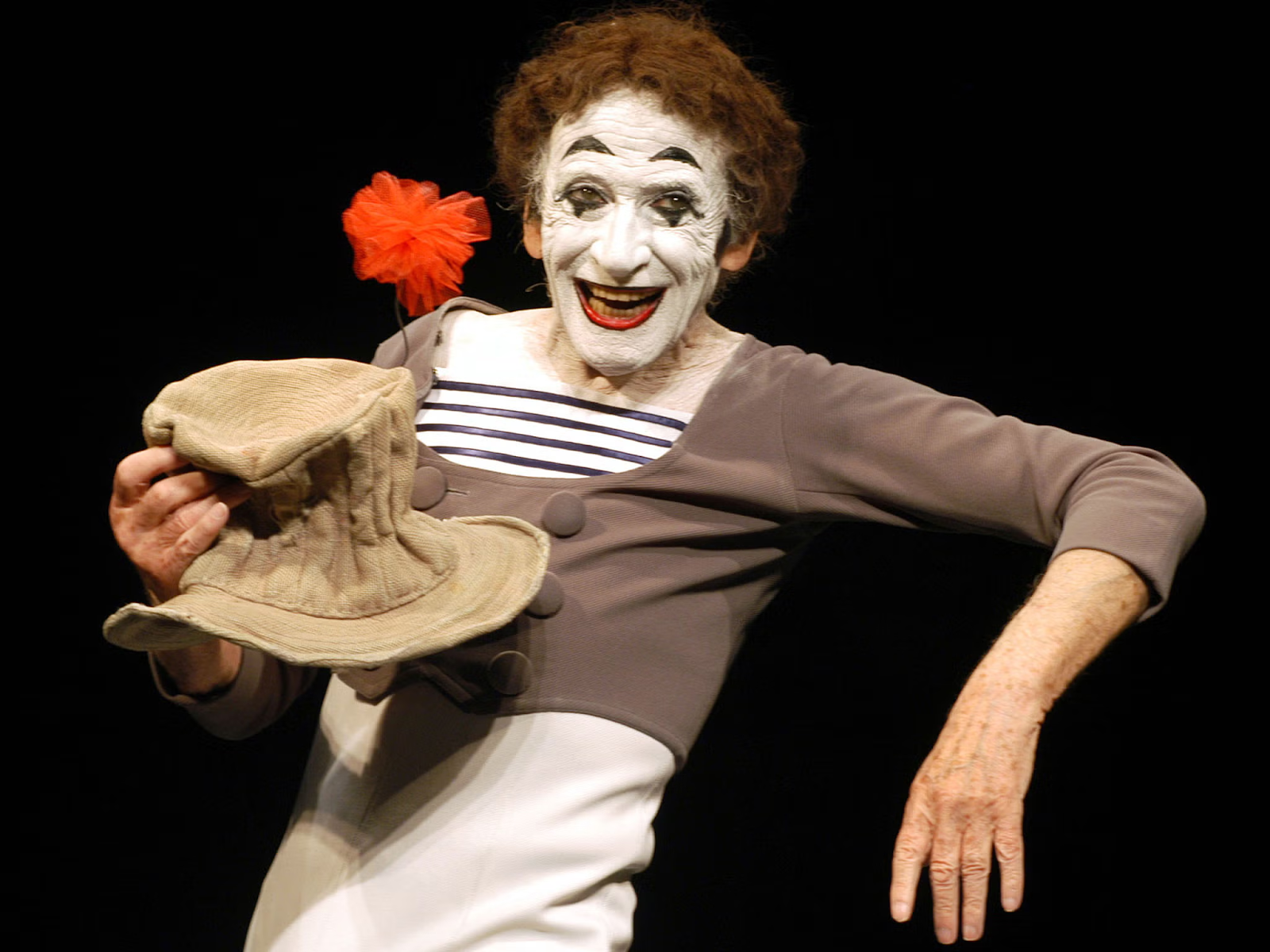Miming Freedom: Marcel Marceau's Silent Battle Against the Nazis
Marcel Marceau, born Marcel Mangel on March 22, 1923, in Strasbourg, France, is celebrated globally as the master of mime, painting silence with his invisible brush, captivating audiences with the eloquence of his wordless art. Yet, beneath the iconic striped sweater and flour-white face of his alter ego, Bip the Clown, lay the heart of a hero whose silent battles against the terrors of World War II are as compelling as his performances.
Marceau's life took a dramatic turn with the outbreak of World War II. As the Nazis invaded France, his Jewish family faced immediate danger. His father, Charles Mangel, a kosher butcher, was captured and died in Auschwitz. This tragedy marked a pivotal moment for Marceau, transforming him from a performer into a resister.
In the shadows of war, Marceau joined the French Resistance. His work was anything but the silent art form he mastered; it was fraught with danger and demanded the utmost bravery. Marcel's unique skills became invaluable in the fight against tyranny. He altered his identity, adopting the name Marceau as a nod to François Séverin Marceau-Desgraviers, a general of the French Revolution who also stood against oppression.
Marceau's involvement in the Resistance was multifaceted. He forged documents and created false identities for Jewish children to evade Nazi capture. But perhaps his most daring feat was using his miming skills to keep children silent as they escaped to Switzerland. Leading groups through the darkened woods, Marceau would mime to communicate, ensuring no word was spoken that could betray their presence to Nazi patrols. It was a silent march for life, guided by the gestures of a man who would later become the world's most renowned mime.
After the liberation of France, Marceau continued to serve, joining the French Army under General Patton, where he used his artistic talents to entertain the Allied troops, bridging the language barrier with the universal language of mime.
Following the war, Marceau devoted himself entirely to the art of mime, founding Compagnie de Mime Marcel Marceau, the only company at the time. He created the beloved character Bip, a tragicomic figure who explored life's complexities with a striped pullover and a battered silk opera hat. Through Bip, Marceau commented on the human condition, exploring themes of love, struggle, and the pursuit of happiness, all without uttering a single word.
Marceau's performances transcended language and culture, earning him worldwide acclaim. He was a mime and a teacher, establishing École Internationale de Mimodrame de Paris Marcel Marceau to pass on his art to future generations. His legacy is a testament to the power of silence in an increasingly noisy world.
Yet, Marceau's silent heroism during World War II adds a profound depth to his art. His bravery and selflessness during one of history's darkest periods highlight the extraordinary capabilities of human courage and ingenuity. Marcel Marceau's life story is a poignant reminder that heroism can manifest in the most unexpected forms, proving that even in silence, one can speak volumes against oppression and injustice.
In commemorating Marcel Marceau, we celebrate not just the mime that brought joy and reflection to audiences worldwide but also the silent hero who fought against the night with the light of his humanity. His legacy is a blend of art and courage, a mime's gesture against the darkness, resonating with the timeless message of hope and Resistance.


Comments
Post a Comment